Welcome to our new Business Case Studies series. In here, we blog about some of the business challenges faced by our clients and how we helped them cross those hurdles with the help of Virtual reality and Augmented Reality.
Before we proceed further, a little about us. We are Twin Reality Technologies, a startup providing virtual reality app and web development services and based out of Ahmedabad in Gujrat, India. This case study is about a challenging problem our talented engineers have worked upon.
CHALLENGE:
The past year for us as been revelation. We have worked with a number of clients across industrial domains on a variety of issues and this one too is a bit unique. We were approached by a client who wanted a virtual ecosystem where people could freely meet and greet with others albeit in a virtual avatar. You could, from this, definitely make out that this too was one of the many outcomes of the covid-necessary measures in recent times.
Although we have had a fair experience in developing virtual meeting environments in the past, this project was demanding in itself. We had to cover quite a distance in revisiting old concepts and implementing newer features in them. Another challenge was to create a single environment where multiple people can interact amongst themselves and with a same object.
PROCEDURE:
We learnt the ropes of building a system where multiple people can deal with the same object at the same time and presented it to the client.
The tools we used were Unity Blender and other such Virtual Reality development engines.
RESULTS:
The client was very much pleased with the outcome of the project. With this project the client could have multiple B2B come together and brainstorm on great ideas.
Another interactive feature that we added was to create a small playground where multiple players can play with one ball.
With this, we were offered another project, as an extension of the same project but with additional features. This story is for another time in future.
If you are someone who is really into Virtual reality and Augmented Reality, we recommend you to get connected with us and follow our blog where we regularly document about various trending technologies, projects and features in the Virtual and Augmented Reality sector. Stay tuned and connected. Until the next post, we sign off!



